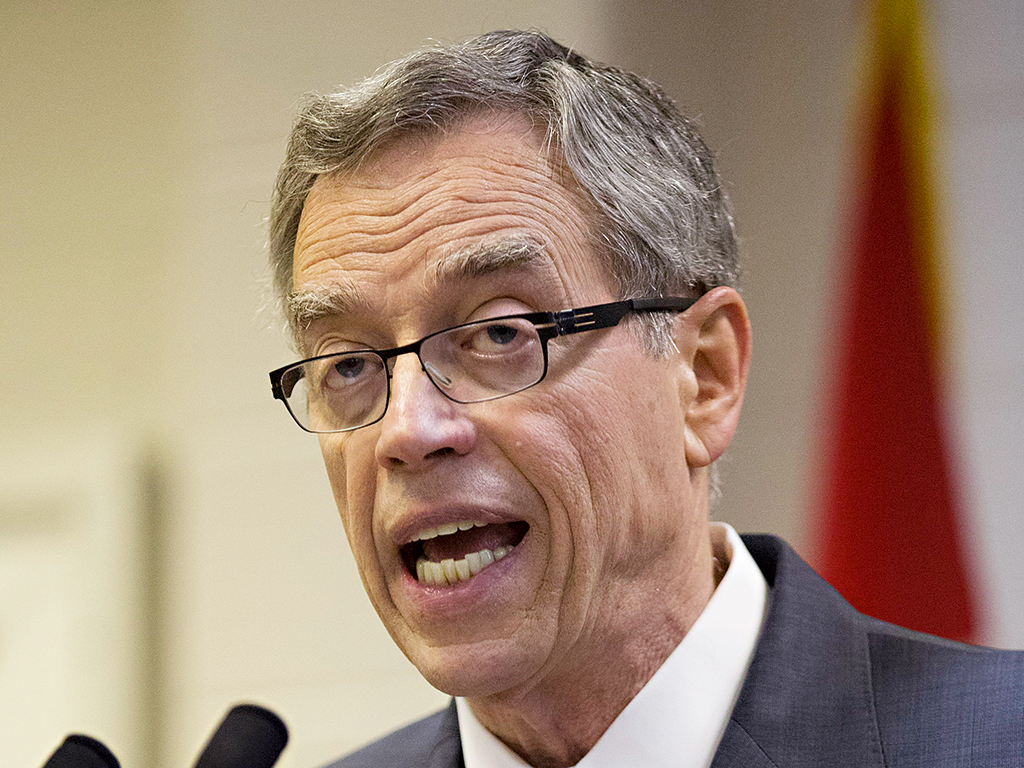
It appears that Canada is tying the last loose ends before its dream of a unified national securities regulator becomes a reality. Saskatchewan and New Brunswick have become the latest additions to the roster of provinces that have signed up to the unified regulator, bringing the total to four. Though nine provinces are yet to fully commit (the new directive will only come into force in 2015), the four that have joined represent around three quarters of the total companies with market capitalisation in Canada.
The Cooperative Capital Markets Regulator (CCMR) has been in the works since 2008, as a response to the fragmented structure of the current system. Because Canadian provinces are fairly autonomous, securities have been regulated independently, without a unifying authority for the entire country. For a long time, there appeared to be little or no need for such an organisation as authorities from Ontario, British Columbia and Alberta handled the vast majority of securities, and cooperated with each other through the Canadian Securities Administrators.
But the fragmented structure of this arrangement meant the regulators had a tough time reacting in a timely manner to market events. This became a particular concern during the 2007 financial crisis, and led to the Canadian government appointing an expert panel to review the system and work alongside provincial authorities to devise a more inclusive and agile national system.
Voluntary but enforceable
So far the soon-to-be CCMR is a voluntary enterprise, but as Ontario and British Columbia have already signed up, there is little doubt the new agency will have considerable bite. Saskatchewan and New Brunswick are relatively small securities markets in Canada, but Ontario and British Columbia command large swathes of the national market.
There have also been concerns about the way in which the federal government has gone about creating the CCMR
However, even as more provinces – notably Nova Scotia – continue to consider the benefits of joining a national register, others, such as Quebec and Alberta, have been vocal with their concerns. Both these provinces have significant securities markets operating within them and have expressed a deep reluctance to relinquish control over their regulatory affairs to a national body.
There have also been concerns about the way in which the federal government has gone about creating the CCMR: in 2011, a judge ruled its first attempt to underpin the new regulator with federal legislation and make it mandatory for provinces to join up was unconstitutional. That’s why the new CCMR is a voluntary regulator.
So far, the four provinces that have signed up to the Cooperative Capital Markets Regulator account for 53 percent of the entire securities market in Canada. when asked how negotiations were proceeding with the remaining nine provinces, Canadian Finance Minister Joe Oliver told reporters: “I can’t comment on our discussions with individual provinces and territories except to say that a number of them are moving at a good pace.”
Teeth and backbone
Despite Ontario and Alberta’s reluctance to join the volunteer regulatory body, the move for a more unified system has been a hit among industry bodies. “This is a significant development and shows that the momentum towards the creation of a Cooperative Capital Markets Regulator is growing,” said Terry Campbell, President of the Canadian Bankers Association after the announcement that Saskatchewan and New Brunswick had signed up. “It is important in the continuing efforts to strengthen investor protection and the efficiency in Canadian capital markets. The federal government has shown a great deal of perseverance and leadership on this important economic issue as Canada’s current fragmented system puts us out of step with other countries around the world.”
While it is understandable that some provinces might be reluctant to relinquish control over their regulatory systems, it is hard to argue against the overall benefits of a coherent and unified system. Though there are restrictions on the type of legislation that will underpin the agency, there will be complementary federal legislation to ensure the regulator has teeth, and that rules are enforced across the country with the same vigour and to the same standards. After all, there is nothing wrong with cooperation when it comes to regulation.


